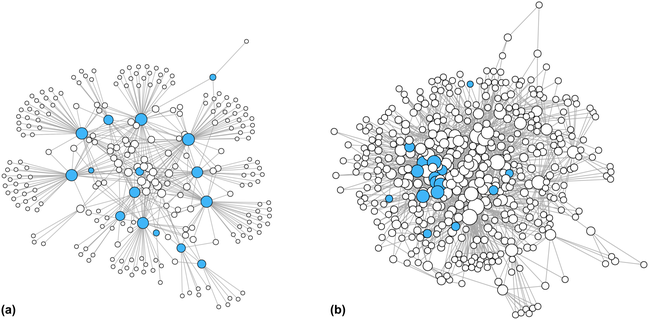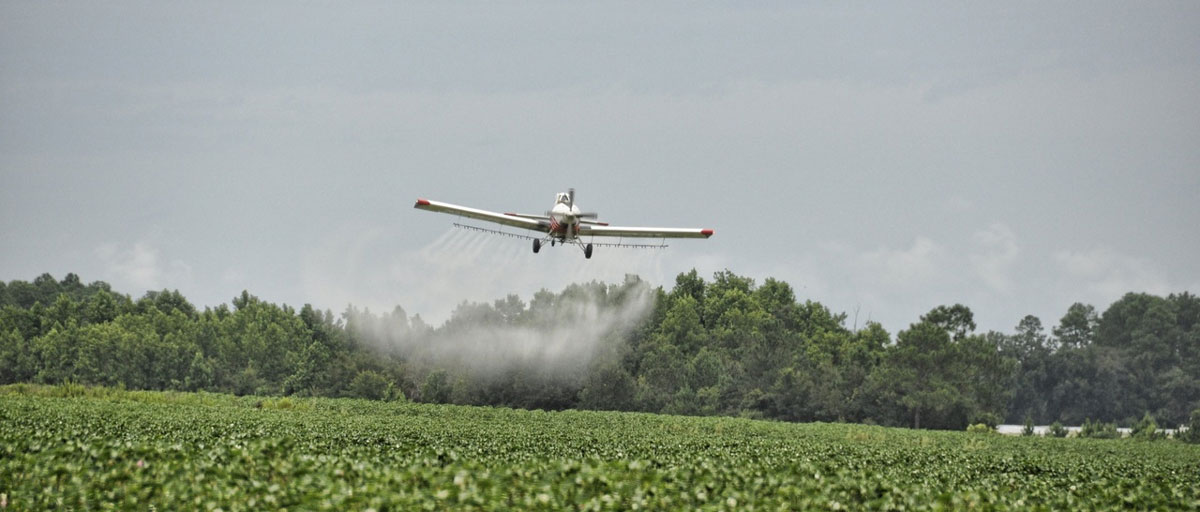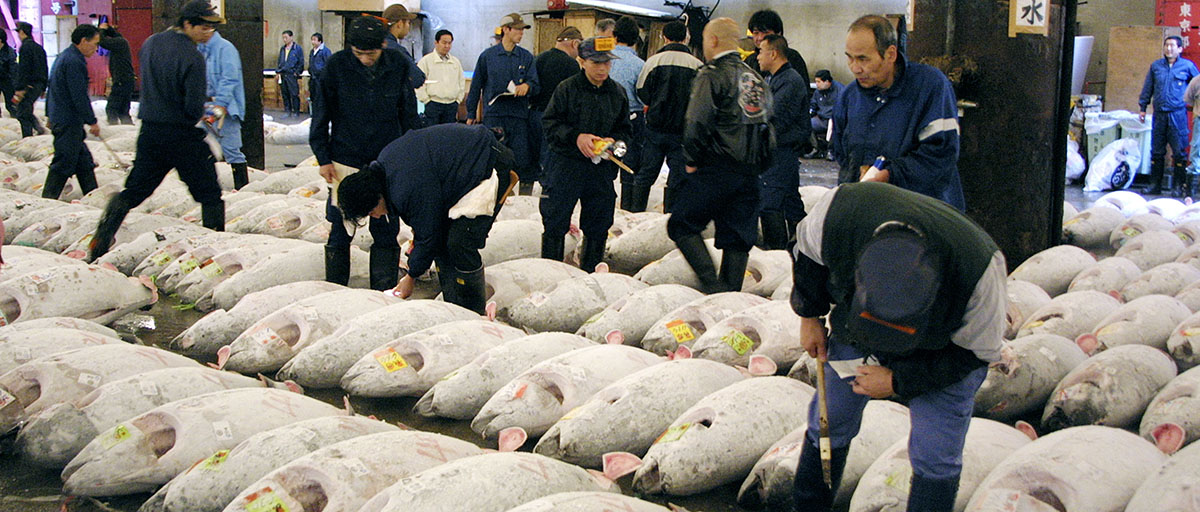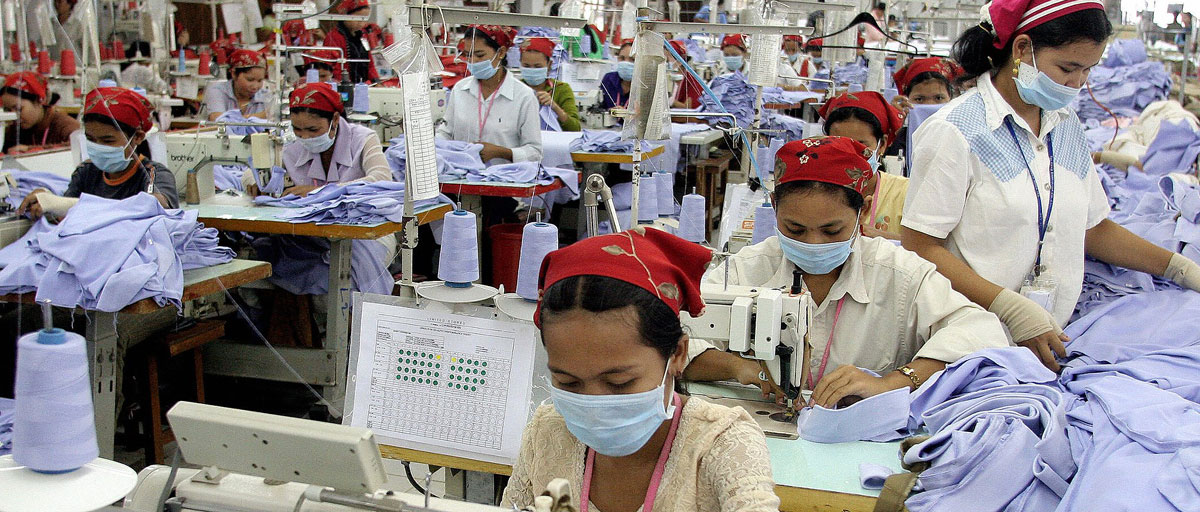Bildtext får vara max två rader text. Hela texten ska högerjusteras om den bara ska innehålla fotobyline! Photo: B. Christensen/Azote
CHANGE AND KEYSTONE ACTORS
For change to happen, large companies need help from interest groups around them
- The global clothing industry is one of the largest in the world
- Within the industry, a few disproportionately big corporations dominate
- Industry-wide transformation requires recognising the influential organisations in the larger business ecosystem
The clothing industry is dominated by a clutch of powerful companies, but interest groups around it are crucial in efforts to make it more sustainable
NOT ACTING ALONE: The global clothing industry is one of the largest in the world. It has an estimated worth of $2.4 trillion USD and it employs tens of millions of workers worldwide. But it is also a heavy polluter and is frequently criticised in many countries for how it treats its workers. Low wages, long working hours and poor working conditions prevail.
A social and environmental transformation is needed.
Nothing happens in isolation
Within the industry, a few disproportionately big corporations dominate. They are called “keystone actors”, a phenomenon inspired by nature itself, where “keystone species” in an ecosystem have an outsized influence in spite of being few in number. What they do, others will copy or be forced to adapt to.
But making the clothing business more sustainable will not happen in isolation from one company to another.
Their presence is crucial both towards each company as well as the industry as a whole.
Jacob Hileman, lead author
The network around
In a study published in PloS One, former centre postdoc Jacob Hileman together with Ivan Kallstenius, Tiina Häyhä, Celinda Palm and Sarah Cornell, used Fashion United’s list of the top 200 fashion companies as their benchmark to look at how the industry dealt with sustainability challenges. Of the 20 keystone actors investigated in depth, only 16 produced sustainability reports.
They then conducted a network analysis to identify the group of NGOs, trade organisations, multi-stakeholder platforms and other organisations that in different ways influence or support the transformation.
These organisations work specifically with each company, but they also play an important role in improving the industry as a whole.
Or, as their research also demonstrates, these organisations can also be a barrier to change if they reinforce the status quo. Both possibilities coexist in the network.
Some more influential than others
Hileman and his colleagues found that some groups within this wider network are more influential than others: a core group of organisations in the centre of the network are connected to several keystone actors.
For instance, trade organisations enjoy extensive power, but their focus is not primarily on sustainability. That makes them both a show-stopper and a unexploited opportunity.
On the other side of the scale, government institutions are largely absent. Without them, efforts to implement sustainable practices remain voluntary and with little to no regulation.

Network of keystone actors and partner organizations, and the full business ecosystem.a) Network of keystone actors (blue nodes) and other organizations b) Location of keystone actors within the full business ecosystem. In each case, node size reflects the number of partners each actor possesses. Click on illustration to access study
A crucial presence
The message from the researchers is that while the keystone actors are crucial to a change in the clothing industry, they cannot do it alone.
“Industry-wide transformation requires recognising the potential opportunities and constraints presented by influential organisations in the larger business ecosystem in which the keystone actors are embedded,” Jacob Hileman explains.
“Their presence is crucial both towards each company as well as the industry as a whole.”
Podcast: Building back better: economic and financial decision-making after COVID-19
Methodology
The study merges empirical research on keystone actors and business ecosystems through the use of network analysis. This involved studying recent corporate sustainability reports of the top 20 clothing companies (the keystone actors), and building a network dataset of their collaboration with other organizations working on global sustainability challenges in the clothing industry. This was supplemented with searches of other publicly available information on the industry’s supply chains. The study also identified the biophysical and socioeconomic sustainability challenges that each organization addresses, showing how different types of organization tend to specialize in subsets of challenges. The wide array of sustainability challenges facing the industry highlights the collaborative imperative within the business ecosystem; no single organization has the knowledge and resources to address complex sustainability challenges spread across multiple sectors and countries throughout global supply chains. The network methods used in the analysis demonstrate how different organizations structure the network in different ways, and thus support – or hinder – key forms of collaboration within the network as a whole.
Hileman, J., Kallstenius, I., Häyhä, T., Palm, C., Cornell. S. 2020. Keystone actors do not act alone: A business ecosystem perspective on sustainability in the global clothing industry. PLoS ONE 15(10): e0241453. https://doi.org/10.1371/journal.pone.0241453
For more information about the publication, contact lead author Jacob Hileman:











